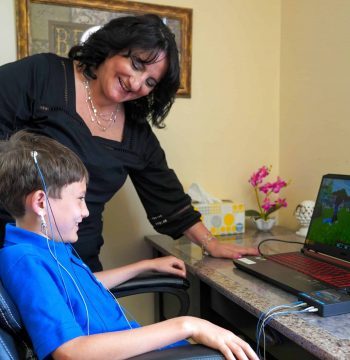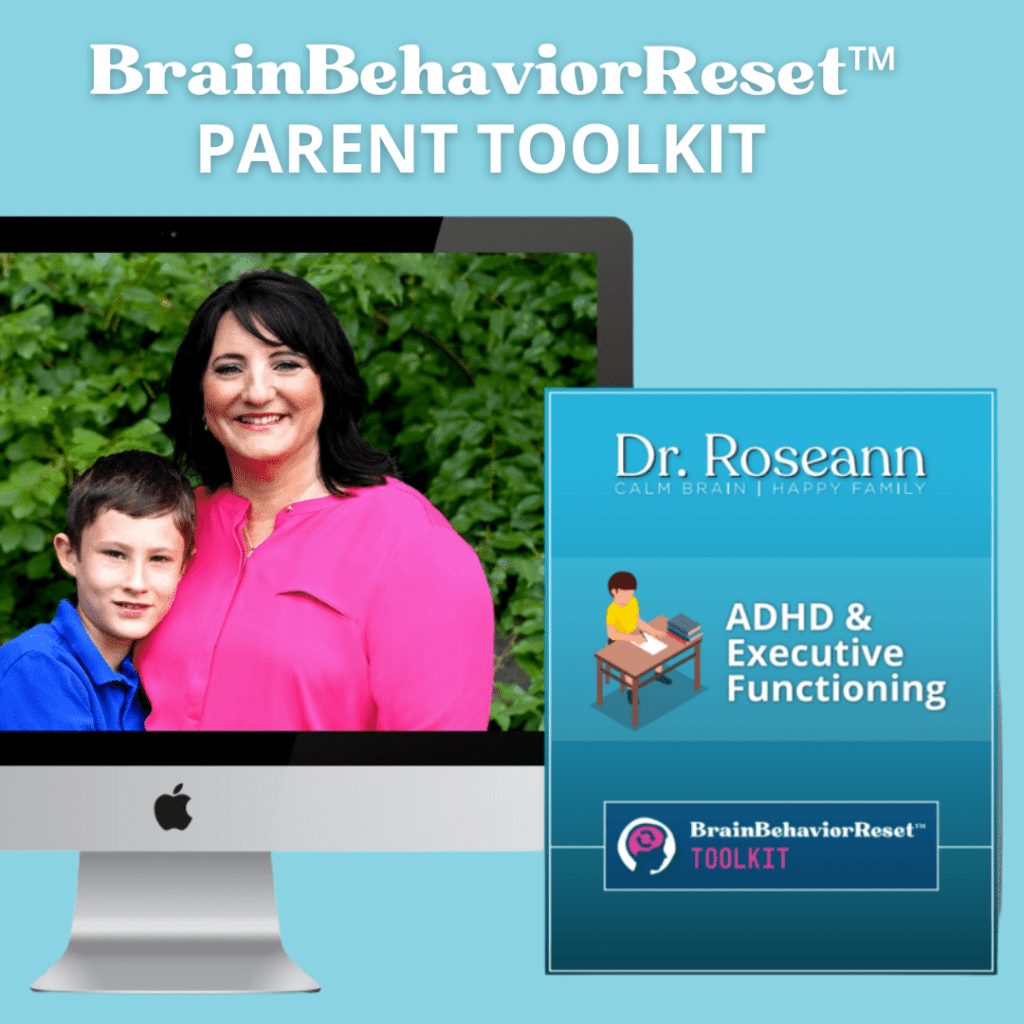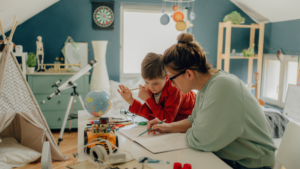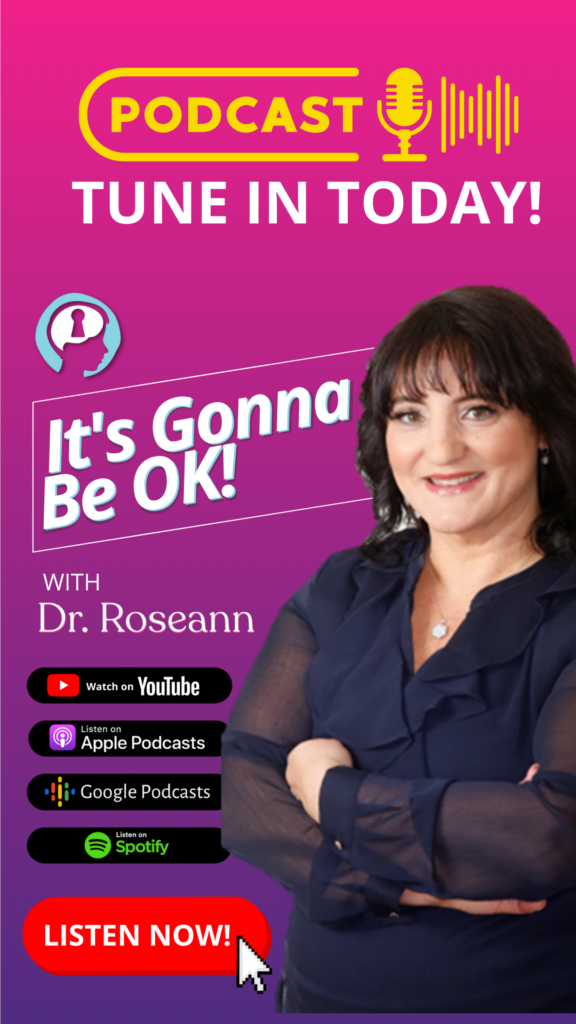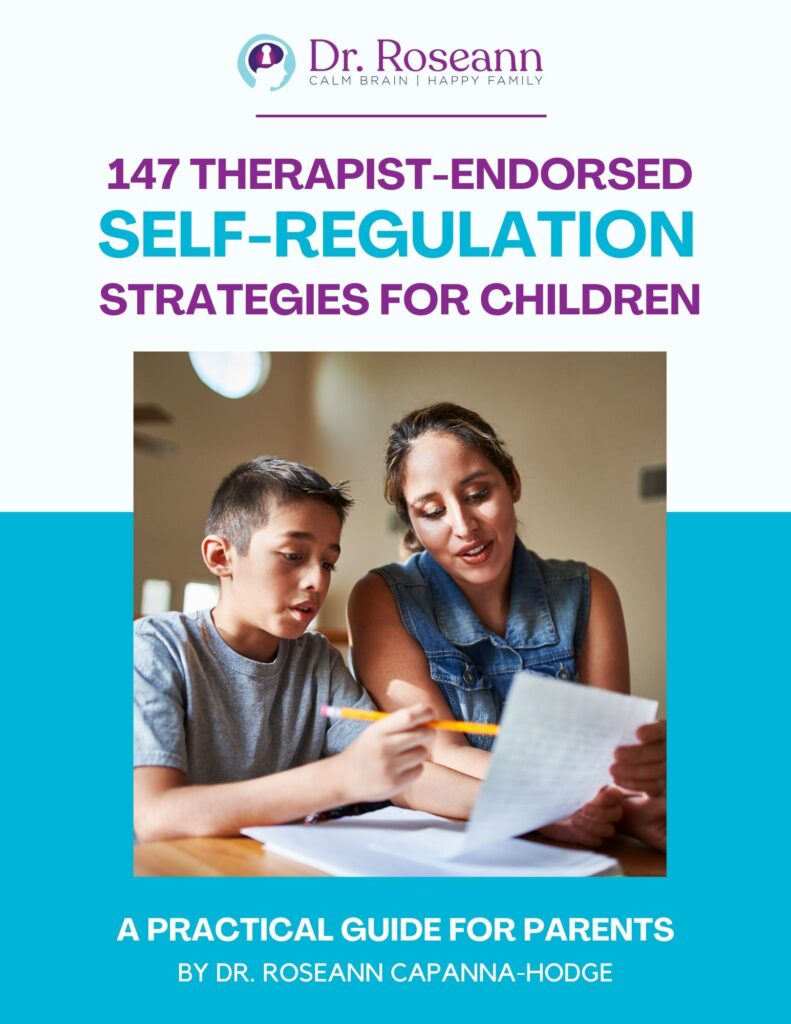Autism Spectrum Disorder (ASD) is a developmental disorder that has dramatically risen more than 10 percent since 2000 where the prevalence rate nearly tripled, from 0.67 to 1.85 percent in the US population.
Parents understand the importance of early diagnosis and treatment, and because they only want the best for their children, explore the many autism based treatments.
Neurofeedback therapy is a form of brain training that helps autistic children’s brains function in a more regulated manner. Neurofeedback trains specific regions of the brain associated with autism including the frontotemporal lobe, frontoparietal cortex, amygdala, hippocampus, basal ganglia, and anterior cingulate cortex.
Of course when we have the ability to train specific brain regions, then studies show that we can impact specific behaviors such as impulse control, inattention, mood, speech, anxiety, etc.
Core Symptoms of Autism
The core symptoms of autism include difficulties with social communication, repetitive behaviors and limited interests. Autism occurs along a spectrum with deficits that impact learning, thinking, attention, behavior, and communication. Children with ASD have a functional impact on their daily life, socialization, learning, language skills, and attention.
People with autism spectrum disorder (ASD) often have co-occurring conditions such as ADHD, ODD, anxiety, OCD, learning difficulties and executive functioning challenges.
The needs and behaviors of children and adolescents with autism are layered and complex impacting both physical and mental health. Their needs require support at home and school and the good news is that early intervention is associated with better life outcomes.
How Does Autism Affect Behavior and Learning at School?
Educationally, the needs of children with autism can look very different. For children with lower cognitive skills, greater speech and motor needs, and less engagement socially, they need more wrap-around and intensive services, often at a younger age. These children have Individualized Education Plans (IEP) with special education support. Many have servies beginning in preschool and lasting until they age out in their state. Depending on their ski development and functionality, these children may go on to also receive adult state services.
For children with high functioning autism, these children may not even be identified for IEP or 504 educational support until middle or high school if they have many assets and their intellect is strong. Typically it is a childs with autism’s behavior, lack of social skills, or poor executive functioning that causes concern at school. More commonly, it is parent concerns over the amount of poking and prodding at home that is needed for these bright children to complete school related or low interest activities and tasks that open the Pandora box at school.
How Does Autism Affect Behavior and Learning at Home?
While children with ASD can sometimes hold it together at school because of the routine and structure, as well as high level of support services, home can be vastly different. Sensory processing issues often drive dysregulated behaviors that can lead to tantrums. Being proactive with sensory processing needs and making sure to have a plan in place is important for a calm family environment.
Most families have to carve out time for therapy appointments, home program needs and assistance with homework for their autistic children too. Families with autism lead very busy lives and don’t always have a lot of support.
There are many factors that determine how regulated children with autism are at home including their medical, sensory, attentional, cognitive, and behavioral needs and functioning. Having proactive routines and therapies that calm the brain, can go a long way in improving behavior at home.
How Does A QEEG Brain Map Help Autism Treatment?
A QEEG brain map is an objective measure of brainwave activity that gives us information about the function of the brain in specific regions of the brain (e.g. the amygdala, the emotional area of the brain) and how the brain communicates within the brain. A brain map is a great diagnostic tool because you can see what areas of the brain are over-stimulated or under-stimulated and shows what the brain can and can’t do well. It takes the guesswork out of the diagnostic process and helps to guide treatment.
A brain map gives a visual representation of brain wave activity and we know that certain patterns are associated with certain conditions
In our BrainBehaviorReset™ Program, a QEEG brain map or a brain check is a critical first step in the process of beginning neurofeedback, which is a therapy that can improve the symptoms of autism. I create a custom care plan for each client that includes science-backed therapies designed to calm the brain and regulate brain wave activity.
For example, even though most children with ASD struggle with attention and executive functioning in very much the same way children with attention deficit hyperactivity disorder (ADHD) do, asd brain activity on a QEEG brain map looks very different.
How Does Neurofeedback Help Autism Symptoms?
regulated. Within a few seconds of starting every session (even the first one) the subscious brain learns to regulate under and over-stimulated brain waves over a series of sessions.
With neurofeedback treatment, the brain learns through a process of measurement and reinforcement based on operant conditioning principles, that trains the brain to be balanced and
Most children with autism do two to three neurofeedback sessions a week for at least six months. The number of sessions is determined by the neurofeedback provider and needs of each individual with autism.
We use EEG guided neurofeedback and not simple devices that only work on improving brain connectivity, and that means that neurofeedback trains specific regions of the brain.
While a number of factors play into how well each brain responds to EEG neurofeedback, factors such as diet, medical issues, brain injury, and simple compliance with treatment recommendations do impact responsiveness to treatment. Neurofeedback training can be a pleasant and effective treatment for many symptoms of and comorbid conditions associated with autism.
Neurofeedback has been shown to improve:
- Stress and anxiety
- Mood
- Obsessive compulsive behaviors
- Stimming behaviors
- Tics
- Emotional and behavioral outbursts
- Hyperactive behaviors
- Impulsive behaviors
- Inattentiveness
(ISNR, 2022)
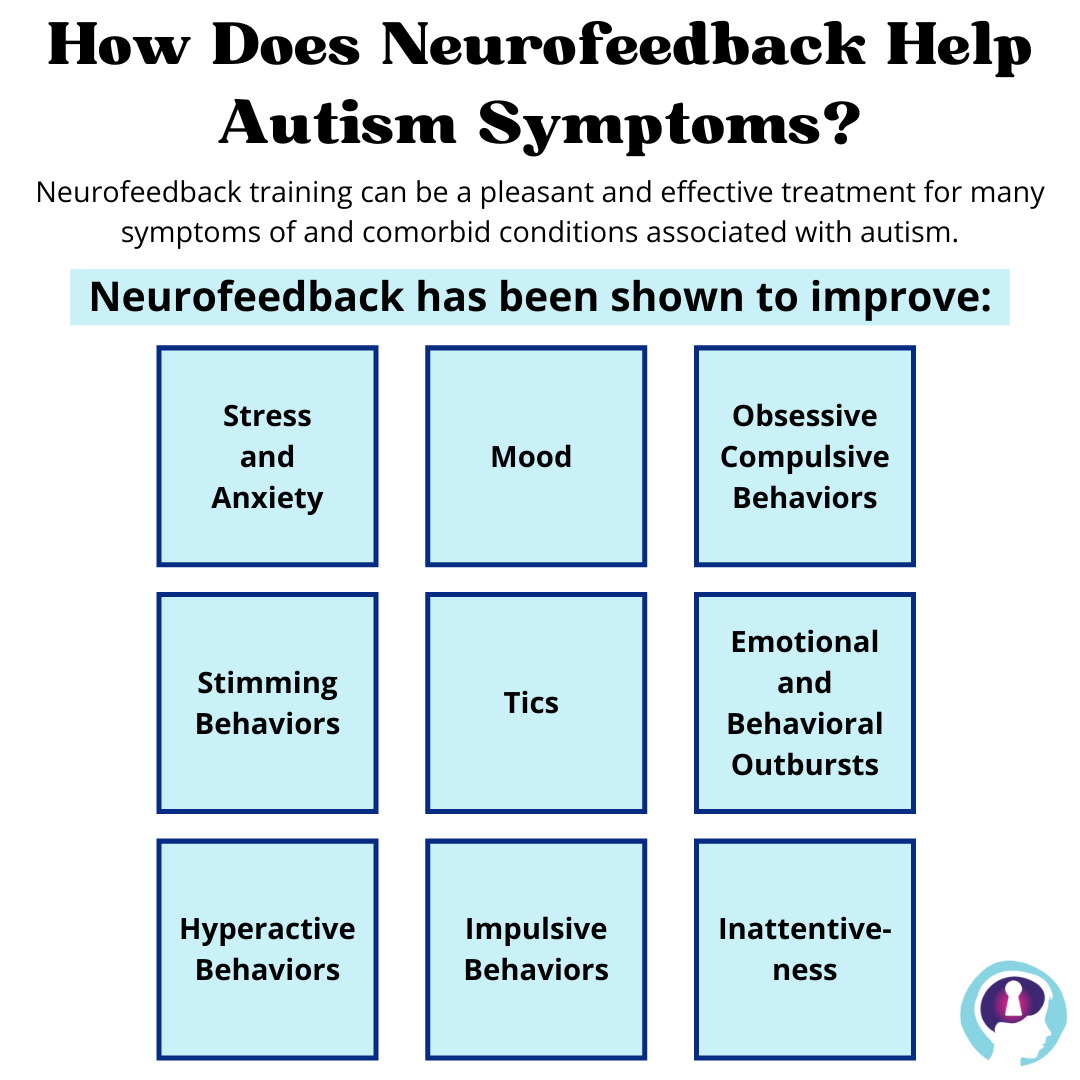
What Does the Research Say About Neurofeedback and Autism?
“Does neurofeedback work?,” is a question we get just about every day. Often because parents find neurofeedback in desperate internet searches in an effort to improve their child’s behavior, focus, and mental health.
Neurofeedback has been around for decades and has thousands of research studies and over 3,000 peer reviewed studies to support its effectiveness. Many children with autism experience significant improvements in behavior (Carrick et. a, 2018 and Zivoder et. al, 2015) and it can be notable in significant improvements with attention and focus.
Neurofeedback is a safe and effective treatment with no known lasting side effects. While each person’s response to neurofeedback is unique, studies demonstrate its efficacy with a variety of conditions and parents of a child with autism should consider this evidence-based therapy.
In our BrainBehaviorReset™ Program, we guide parents of children with ASD in calming the brain and improving their child’s behavior and family stress. We understand the unique needs of children with ASD and their families not because Dr. Roseann has had the privilege of supporting these families for more than 30 years, but because we have staff who love someone with autism at home. Apply to work with us one-to-one.
Citations:
Carrick, F. R., Pagnacco, G., Hankir, A., Abdulrahman, M., Zaman, R., Kalambaheti, E. R., Barton, D. A., Link, P. E., & Oggero, E. (2018). The Treatment of Autism Spectrum Disorder With Auditory Neurofeedback: A Randomized Placebo Controlled Trial Using the Mente Autism Device. Frontiers in neurology, 9, 537. https://doi.org/10.3389/fneur.2018.00537
CDC (2022). Data & Statistics on Autism Spectrum Disorder https://www.cdc.gov/ncbddd/autism/data.html
Ha, S., Sohn, I. J., Kim, N., Sim, H. J., & Cheon, K. A. (2015). Characteristics of Brains in Autism Spectrum Disorder: Structure, Function and Connectivity across the Lifespan. Experimental neurobiology, 24(4), 273–284. https://doi.org/10.5607/en.2015.24.4.273
ISNR Neurofeedback Bibliography (2022). https://isnr.org/isnr-comprehensive-bibliography#sec5
Zivoder, I., Martic-Biocina, S., Kosic, A. V., & Bosak, J. (2015). Neurofeedback application in the treatment of autistic spectrum disorders (ASD). Psychiatria Danubina, 27 Suppl 1, S391–S394. https://pubmed.ncbi.nlm.nih.gov/26417802
Always remember… “Calm Brain, Happy Family™”
Disclaimer: This article is not intended to give health advice and it is recommended to consult with a physician before beginning any new wellness regime.
Are you looking for SOLUTIONS for your struggling child or teen?
Dr. Roseann and her team are all about solutions, so you are in the right place!
There are 3 ways to work with Dr. Roseann:
- In-person at her Ridgefield, CT center
- Virtually with her at home neurofeedback and coaching programs
- By getting her BrainBehaviorReset™ Toolkit
You can get her books for parents and professionals, including: It’s Gonna Be OK™: Proven Ways to Improve Your Child’s Mental Health, Teletherapy Toolkit™ and Brain Under Attack: A Resource For Parents and Caregivers of Children With PANS, PANDAS, and Autoimmune Encephalopathy.
If you are a business or organization that needs proactive guidance to support employee mental health or an organization looking for a brand representative, check out Dr. Roseann’s professional speaking page to see how we can work together.
Dr. Roseann is a Children’s Mental Health Expert and Therapist who has been featured in/on hundreds of media outlets including, CBS, NBC, FOX News, PIX11 NYC, The New York Times, The Washington Post,, Business Insider, USA Today, CNET, Marth Stewart, and PARENTS. FORBES called her, “A thought leader in children’s mental health.”
She is the founder and director of The Global Institute of Children’s Mental Health and Dr. Roseann Capanna-Hodge. Dr. Roseann is a Board Certified Neurofeedback (BCN) Practitioner, a Board Member of the Northeast Region Biofeedback Society (NRBS), Certified Integrative Medicine Mental Health Provider (CMHIMP) and an Amen Clinic Certified Brain Health Coach. She is also a member of The International Lyme Disease and Associated Disease Society (ILADS), The American Psychological Association (APA), Anxiety and Depression Association of America (ADAA) National Association of School Psychologists (NASP), International OCD Foundation (IOCDF) International Society for Neurofeedback and Research (ISNR) and The Association of Applied Psychophysiology and Biofeedback (AAPB).
© Roseann-Capanna-Hodge, LLC 2022
Always remember… “Calm Brain, Happy Family™”
Are you looking for SOLUTIONS for your struggling child or teen?
Dr. Roseann and her team are all about solutions, so you are in the right place!
There are 3 ways to work with Dr. Roseann:
You can get her books for parents and professionals, including: It’s Gonna Be OK™: Proven Ways to Improve Your Child’s Mental Health, Teletherapy Toolkit™ and Brain Under Attack: A Resource For Parents and Caregivers of Children With PANS, PANDAS, and Autoimmune Encephalopathy.
If you are a business or organization that needs proactive guidance to support employee mental health or an organization looking for a brand representative, check out Dr. Roseann’s media page and professional speaking page to see how we can work together.
Dr. Roseann is a Children’s Mental Health Expert and Therapist who has been featured in/on hundreds of media outlets including, CBS, NBC, FOX News, PIX11 NYC, The New York Times, The Washington Post,, Business Insider, USA Today, CNET, Marth Stewart, and PARENTS. FORBES called her, “A thought leader in children’s mental health.”

She is the founder and director of The Global Institute of Children’s Mental Health and Dr. Roseann Capanna-Hodge. Dr. Roseann is a Board Certified Neurofeedback (BCN) Practitioner, a Board Member of the Northeast Region Biofeedback Society (NRBS), Certified Integrative Medicine Mental Health Provider (CMHIMP) and an Amen Clinic Certified Brain Health Coach. She is also a member of The International Lyme Disease and Associated Disease Society (ILADS), The American Psychological Association (APA), Anxiety and Depression Association of America (ADAA) National Association of School Psychologists (NASP), International OCD Foundation (IOCDF) International Society for Neurofeedback and Research (ISNR) and The Association of Applied Psychophysiology and Biofeedback (AAPB).
© Roseann-Capanna-Hodge, LLC 2023
Disclaimer: This article is not intended to give health advice and it is recommended to consult with a physician before beginning any new wellness regime. *The effectiveness of diagnosis and treatment vary by patient and condition. Dr. Roseann Capanna-Hodge, LLC does not guarantee certain results.



